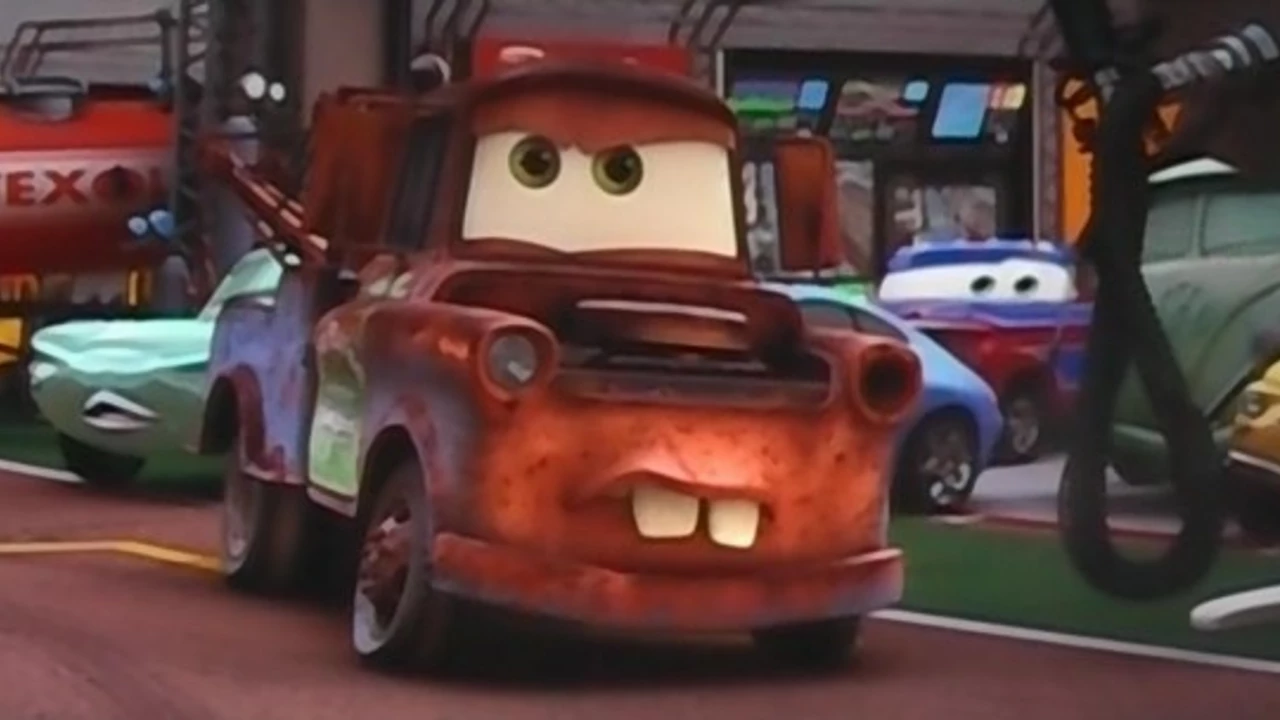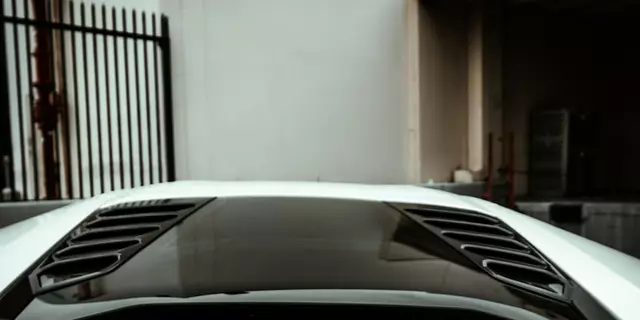Reasons for Failure: Common Pitfalls for F1 Display Cars
If you love F1 replica cars, you want them to stay looking sharp for years. Yet many collectors end up with faded paint, cracked parts, or missing pieces. Why does that happen? Below we break down the most common reasons these display cars fail and give you simple steps to keep them in top shape.
Top 3 Failure Causes
1. Poor build quality. Not every replica is built the same. Some manufacturers cut corners on the plastic mix, glue, or paint layers. Cheap materials can warp when the temperature changes or crack under the weight of extra accessories. When you notice a piece feeling soft or a seam that rattles, it’s a sign the build quality wasn’t up to par.
2. Bad handling and shipping. These cars are often shipped long distances. If they’re not packed securely, they can get knocked, bent, or even smashed. Even when you receive them safely, moving them around without care—like pulling a door off the shelf or dropping a box—can cause hidden damage that shows up later.
3. Environmental exposure. Sunlight, humidity, and temperature swings are silent enemies. Direct UV light fades the paint, while high humidity can cause mold on the interior or rust on metal parts. A warm garage that turns cold at night can make plastic expand and contract, leading to cracks.
How to Prevent Damage
First, choose a reputable brand. Look for reviews that mention detail, durability, and after‑sales support. A slightly higher price often means better resin, stronger glue, and a paint finish that resists fading.
Second, invest in proper packaging. When the car arrives, keep it in its original box or a sturdy display case. Use soft foam or a microfiber blanket when you need to move it. Avoid stacking heavy items on top of the box.
Third, control the environment. Place your display car away from windows that get direct sun. A room with stable temperature (around 20 °C) and low humidity (40‑50 %) works best. If you live in a damp area, consider using a dehumidifier near your showcase.
Cleaning is another easy win. Dust with a soft, dry cloth or a gentle brush. If you need a deeper clean, use a damp cloth with a tiny bit of mild soap—nothing harsh that can strip the paint. Always dry the surface right away.
Finally, handle with care. Wear clean cotton gloves when you pick up the car. Hold it by the base or a sturdy part, never by delicate antennae or decals. When you swap accessories, do it slowly and make sure each piece clicks into place securely.
By watching out for these typical failure triggers, you can keep your F1 display car looking showroom‑ready for years. It’s all about choosing the right product, protecting it during transport, and giving it a stable home. A little effort now saves you time, money, and disappointment later.
 18 July 2023
18 July 2023
Why was Cars 2 so bad?
I've been thinking about why Cars 2 didn't quite hit the mark and I think it boils down to a few key reasons. Firstly, the storyline felt disjointed and lacked the emotional depth we're used to seeing in Pixar films. Secondly, the movie focused too much on Mater, a character better suited for comic relief than a lead role. The spy theme felt out of place in the Cars universe and, finally, the humor seemed forced and not as natural as in the first movie. In a nutshell, Cars 2 just couldn't live up to the charm and storytelling prowess of its predecessor.
Latest Posts
-

Newcastle United Stun Manchester City 2-1 as Harvey Barnes Delivers Brace at St James' Park
-

Alberton House Partial Collapse Rocks Manchester City Centre
-

Curaçao Makes History: Smallest Nation Ever to Qualify for World Cup
-

Is Finn McMissile an Aston Martin DB5?
-

Why do people stick with one brand of car?
0